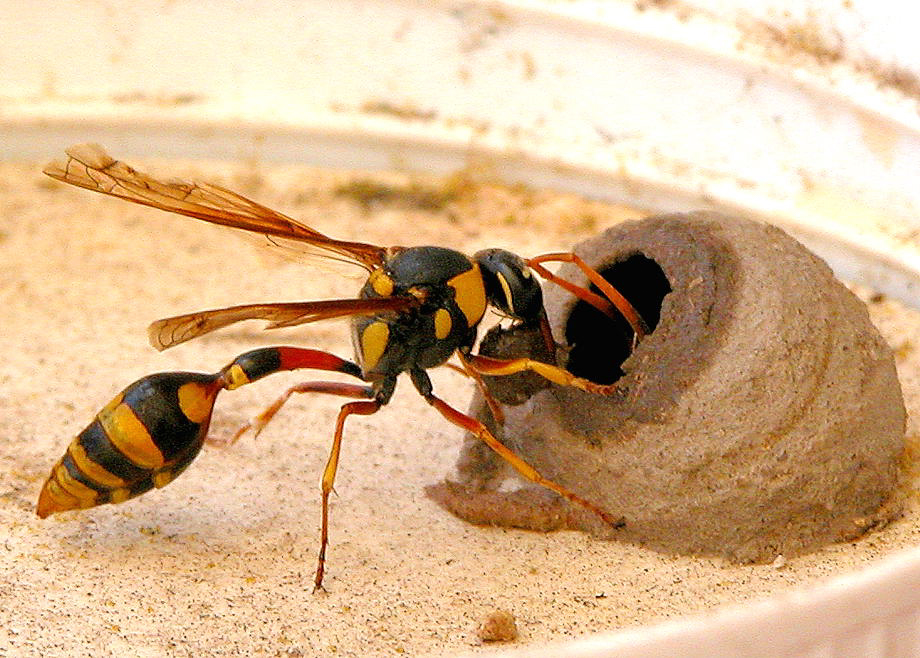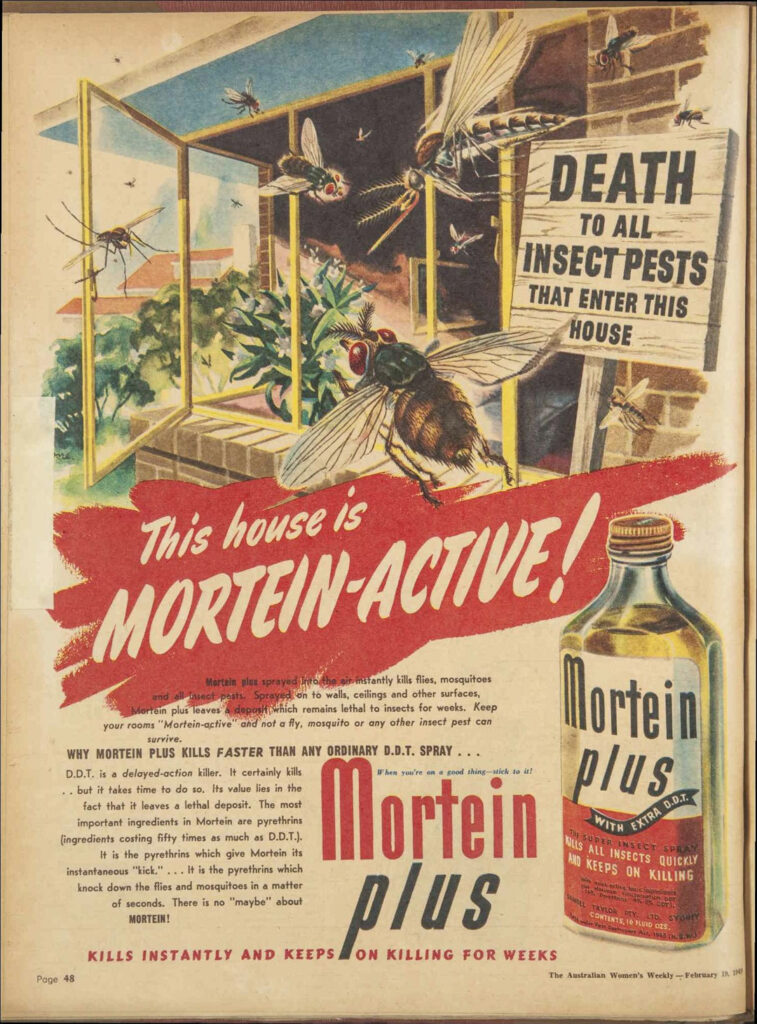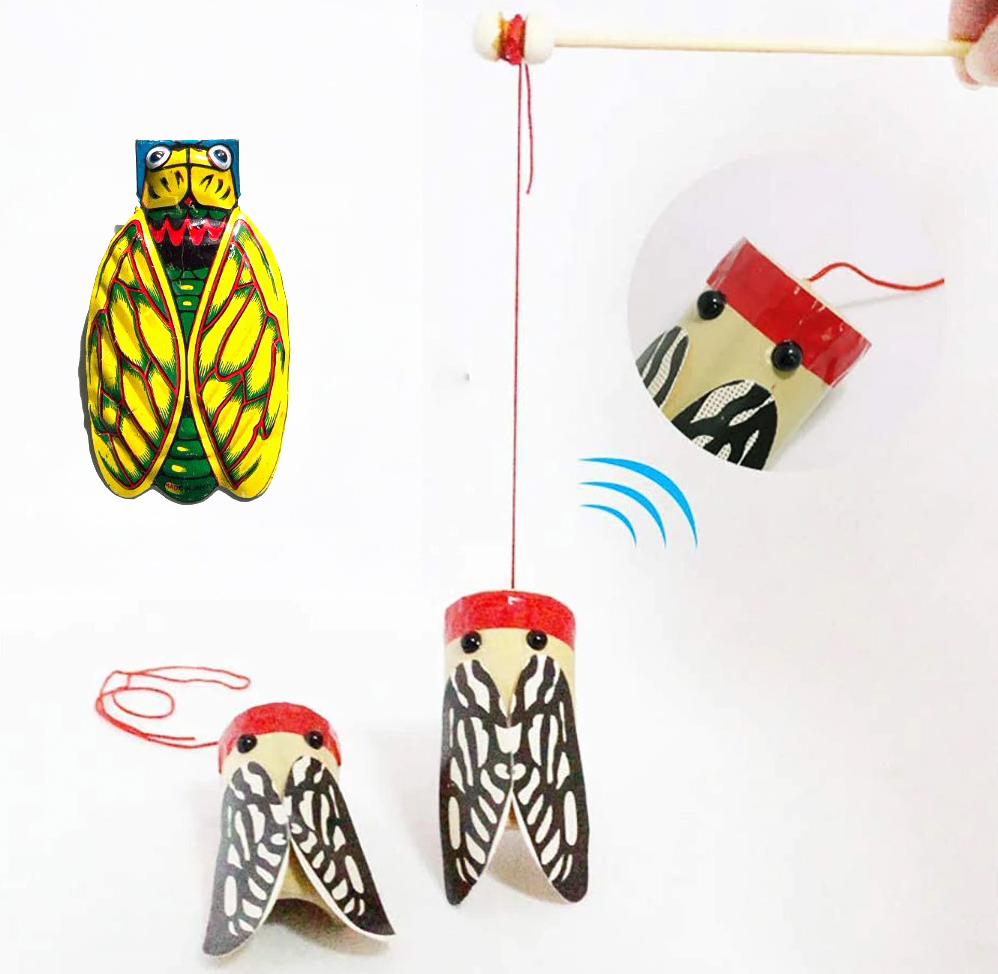
Yellow Potter Wasp – Delta campaniforme; from https://www.brisbaneinsects.com/brisbane_vespoidwasps/MudDauber.htm
To conclude the Sensorium series, we offer you a recipe for a poly-sensory ceremony that acknowledges creatures whose value is seriously underestimated.
A sensorium is an event that brings the senses together. This has taken many traditional forms, such as the Japanese tea ceremony, Catholic mass and panchopachara. Engaging all the senses helps focus the attention of participants and bring everyone together in a shared space. With the waning of traditions, such ceremonies have become quite rare in modern life. Instead, our senses are often disjointed, especially when listening on headphones or scrolling a social feed. The result is public spaces where everyone seems elsewhere.
A sensorium needs to be framed with a shared story that reflects common values. Besides specific deities, nature often provides a common context.
In Praise of Insects was developed to help change attitudes towards invertebrates. Insects have been often opposed to human development: they are pests to be eradicated so that we can thrive. But with a two per cent annual decline in their numbers, are beginning to realise how dependent we are on their existence. Without insects, we would lose birds, frogs and other species dependent on them for their diet. Without insects to break down organic matter, our soils would no longer be replenished. Without these pollinators, our food supply would be endangered. We would have no insects. And especially, we would lose creatures whose evolution is a thing of beauty and marvel.
The following is a recipe to enable a group of people to come together for 40 minutes to reflect on the being of insects in our world. As with any recipe, you are free to adapt with different ingredients and techniques. Feel free to share your ideas in the comments of this post.
There are many possible realisations. You might like to gather some friends together to perform it. You could propose it to a hotel or company as a way of bringing their people together. You might like to design and make components for this, which we can promote (see Kathryn Bird’s article on Documentation of 14 breaths for inspiration).
1. Call
The event begins by making insect-like noises to call attention and gather participants together. Objects for this can include:
2. Acknowledgement
An acknowledgement can include:
- Acknowledgement or welcome to Country in Australia
- Acknowledgement or respect for ancestors
- A salutation
3. Light the candle
A person is appointed responsible for the candle that will burn for the event. This should be a beeswax candle that has a waxy aroma.
4. Fumigation
This is a time to reflect on the way insects have been viewed negatively.
- What are the negative words for insects, such as vermin?
- How have insect metaphors been used to dehumanise others?
- What are ways in which humans have shown disregard for insects?

5. Selection of species
- Call for names of different insect species.
- Write them on twenty separate cards.
- In a counter-clockwise direction, invite participants to select one species they’d like to talk about.
- Invite each participant to say why they chose that species and what is special about it.
6. Tea with honey
- Make a pot of tea. This should ideally be made from local materials, such as available plants.
- Pour tea into small ceramic cups
- Pass around a jar of honey, ideally local honey such as sourced from rooftops.
- Each participant stirs the honey into their tea and sips
7. A shared visual reference
Bring out a design or object that reflects the beauty of insect life. This could include:
- A beautifully coloured silk scarf
- A pattern inspired by a spider web
- A ceramic modelled on a termite mound

Framed weaving by Helen Ting – yellow silk from outer layer of cocoon (from Laos) top; lower level is ramie.
8. Final toast and vow
- Everyone says together, “Invertebrate beings are numberless and I vow to respect them.”
- Participants drink the rest of their tea
- If it is still alight, the candle is blown out.
✿
For stories from Garland about insects, visit our Beehive in the Garden of Stories.
This recipe was developed by Kathryn Bird, Bronwen Brereton, Julian Carter, Sally Carter, Fiona Fitzpatrick, Geraldine Hughes, Yasmin Masri, Kevin Murray Bic Tieu and Gary Warner at the Australian Design Centre on 30 November 2023.


